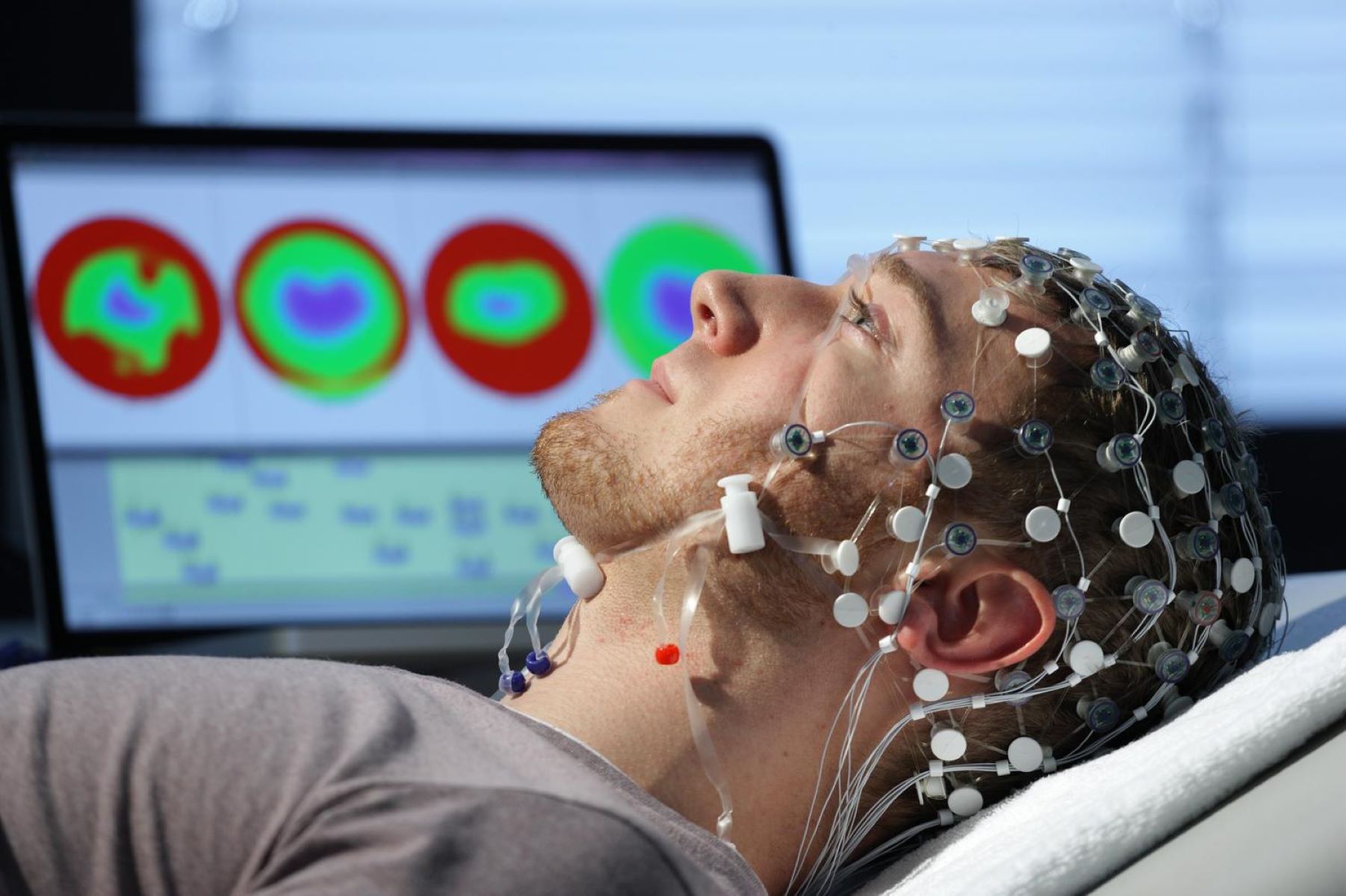
What are cerebral ventricle neoplasms? These are brain tumors that develop within the brain's ventricles. They can be either benign or malignant, making them a complex medical issue. Symptoms often include headaches, nausea, visual problems, and seizures. Diagnosing these tumors usually involves CT or MRI scans. Treatment often requires surgery, which can be tricky due to the tumor's deep location. The types of tumors vary, with some more common in children and others in adults. Advances in neurosurgery and supportive care have improved outcomes, but challenges remain. Understanding these tumors is crucial for effective treatment and patient care.
Key Takeaways:
- Cerebral ventricle neoplasms, or intraventricular tumors, can cause symptoms like headaches, nausea, and visual deficits. They are more common in children and require careful diagnosis and treatment.
- Surgical challenges and approaches for intraventricular tumors are complex, with different types of tumors requiring specific treatment plans. Recent advances in neurosurgery and neuro-oncology have improved outcomes for patients.
Understanding Cerebral Ventricle Neoplasms
Cerebral ventricle neoplasms, also known as intraventricular tumors, are brain tumors that develop within the brain's ventricles. These tumors can be either benign or malignant, presenting unique challenges due to their deep location. Here are 30 essential facts about these neoplasms.
-
Location and Structure: The cerebral ventricles are centrally located in the brain, touching five critical neural structures: the caudate nucleus, thalamus, fornix, corpus callosum, and genu of the internal capsule.
-
Types of Tumors: Intraventricular tumors include benign types like ependymomas, astrocytomas, subependymomas, choroid plexus papillomas, and meningiomas. Malignant types include glioblastomas, anaplastic ependymomas, and anaplastic astrocytomas.
-
Symptoms: Common symptoms include headaches (69%), nausea/vomiting (38%), visual deficits (24%), and seizures (17%). Other symptoms can be altered mental status, ataxia, and focal motor or sensory deficits.
-
Age Distribution: These tumors are more common in children, representing about 41% of lateral and third ventricular tumors. In adults, they account for only 7% of cases.
Surgical Challenges and Approaches
Surgery for intraventricular tumors is particularly challenging due to their deep location. The approach depends on various factors, including the tumor's size and location.
-
Surgical Challenges: The deep location of these tumors makes surgery difficult. The approach depends on the tumor's location, size, type, ventricular size, vascularity, venous drainage, and relationship to surrounding structures.
-
Surgical Approaches: Common approaches include interhemispheric transcallosal and transcortical methods. These carry a high risk of brain parenchyma injury, with morbidity rates up to 70% and mortality rates up to 36%.
-
Benign vs. Malignant: Most intraventricular tumors are benign and grow slowly. Malignant tumors are aggressive and require more intensive treatment.
Diagnosis and Imaging
Accurate diagnosis is crucial for effective treatment. Neuroimaging studies like CT and MRI play a significant role in identifying these tumors.
-
Diagnosis: Diagnosis typically involves neuroimaging studies such as CT and MRI. CT is often used in emergencies due to its availability and speed, while MRI is better for identifying tumors in the posterior fossa and hemorrhagic lesions.
-
MRI Features: MRI is useful for patients allergic to iodinated contrast material or with renal insufficiency. However, it has drawbacks like incompatibility with certain medical equipment, longer imaging times, and poor visualization of the subarachnoid space.
-
CT Features: CT findings include contrast enhancement. Tumors may appear hypodense, isodense, hyperdense, or have mixed density. Metastases to the brain tend to be multiple, but some tumors (e.g., renal cell carcinomas) can produce solitary metastatic brain lesions.
Symptoms and Risk Factors
Recognizing symptoms and understanding risk factors can aid in early detection and treatment.
-
Symptom Specificity: Headache is common but not always the main symptom. Other warning signs include seizures, confusion, personality changes, weakness on one side, difficulty walking, vomiting, and trouble with speech, vision, or hearing.
-
Cell Phones and Brain Tumors: No current evidence suggests that cell phones cause brain tumors. The incidence of malignant brain tumors has remained stable, with no significant increase since the era of cell phone use.
-
Age-Specific Tumors: Aggressive brain tumors like glioblastomas often affect people around age 65. Some types, like low-grade gliomas, are more common in 20- and 30-year-olds.
-
Survival Rates: Survival rates for the same type of brain tumor can vary significantly. A patient with glioblastoma may live many years, while another may survive less than 12 months due to the tumor's molecular makeup.
Treatment and Outcomes
Treatment options and outcomes vary based on the tumor type, size, and patient's overall health.
-
Supportive Care: Supportive care is crucial for brain tumor patients, including psychotherapy, nutrition counseling, financial counseling, and spiritual support. Regular visits to the care team close to home can significantly improve treatment outcomes.
-
Treatment Options: Treatment typically involves surgical resection followed by radiotherapy and/or chemotherapy. The choice depends on the tumor type and size, as well as the patient's overall health.
-
Surgical Outcomes: Most patients undergoing surgery for intraventricular tumors experience good outcomes, with 81.18% discharged with very good or good results. Some may develop neurological deficits, and a small percentage may die due to complications.
-
Complications: Many patients undergoing surgery develop cerebrospinal fluid outflow obstruction, requiring postoperative ventricular shunts.
Types of Intraventricular Tumors
Different types of tumors can occur within the cerebral ventricles, each with unique characteristics and treatment options.
-
Histopathological Types: Frequent tumors in the lateral ventricles include ependymomas, astrocytomas, subependymomas, choroid plexus papillomas, and meningiomas. In children, common tumors include subependymal giant cell astrocytoma, choroid plexus papilloma, ependymoma, astrocytoma, and choroid plexus carcinoma.
-
Pineal Region Tumors: These tumors can cause symptoms like impaired upward gaze (Parinaud syndrome) and visual deficits.
-
Colloid Cysts: Benign tumors that can cause obstructive hydrocephalus and require surgical intervention. More common in adults, they are located in the third ventricle.
-
Central Neurocytomas: Rare tumors in the lateral ventricles, typically benign, treated with surgical resection.
-
Anaplastic Tumors: Malignant tumors like anaplastic ependymomas and anaplastic astrocytomas require aggressive treatment including surgery, radiotherapy, and chemotherapy.
-
Lymphoma: Primary central nervous system lymphoma (PCNSL) is a rare, aggressive lymphoma occurring in the cerebral ventricles, treated with chemotherapy and radiotherapy.
-
Choroid Plexus Papillomas: Benign tumors from the choroid plexus in the lateral ventricles, more common in children, treated with surgical resection.
-
Craniopharyngioma: Benign tumor near the third ventricle, slow-growing, causing symptoms like visual deficits and endocrine disorders.
-
Glioneuronal Tumors: Rare, benign tumors in the cerebral ventricles, treated with surgical resection.
-
Langerhans Cell Histiocytosis: Rare condition causing intraventricular tumors, aggressive, requiring chemotherapy and radiotherapy.
Advances in Treatment
Recent advances in neurosurgery and neuro-oncology have improved treatment outcomes for patients with intraventricular tumors.
-
Surgical Techniques: The choice of surgical technique depends on the tumor's location and size. Transcortical and transcallosal approaches are common but carry risks of injury to surrounding brain tissue.
-
Advances in Treatment: Advances in neurosurgery and neuro-oncology have improved outcomes for patients with intraventricular tumors. Supportive care and personalized treatment plans are increasingly important for managing the physical and emotional stress associated with these tumors.
Understanding Cerebral Ventricle Neoplasms
Cerebral ventricle neoplasms, or intraventricular tumors, are complex and challenging due to their deep brain location. These tumors can be benign or malignant, affecting both children and adults. Symptoms like headaches, nausea, visual deficits, and seizures often lead to diagnosis through CT or MRI scans. Surgical removal is the primary treatment, though it comes with risks due to the tumor's proximity to critical brain structures. Advances in neurosurgery and supportive care have improved outcomes, but complications like cerebrospinal fluid obstruction remain common. Personalized treatment plans, including radiotherapy and chemotherapy, are essential for managing these tumors. Understanding the types, symptoms, and treatment options for cerebral ventricle neoplasms is crucial for effective care and better patient outcomes.
Frequently Asked Questions
Was this page helpful?
Our commitment to delivering trustworthy and engaging content is at the heart of what we do. Each fact on our site is contributed by real users like you, bringing a wealth of diverse insights and information. To ensure the highest standards of accuracy and reliability, our dedicated editors meticulously review each submission. This process guarantees that the facts we share are not only fascinating but also credible. Trust in our commitment to quality and authenticity as you explore and learn with us.


